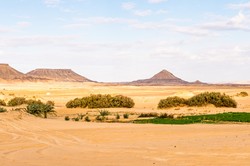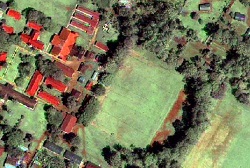An 'alternative Nile valley' trade connection
Pottery imported from the eastern Mediterranean to the eastern Faiyum (Egypt) during the Late Bronze Age and Early Iron Age (c.1500-1000 BC) has been kept in several museum collections. The items were excavated by British missions between 1880 and 1930. Researchers from the EU-funded project TRADES (Trade roads in ancient deserts: An Egyptian case study. The unrecognized Late Bronze Age commercial route between Mediterranean and Middle Egypt) visited museum collections to obtain all the necessary data on the imported and Egyptian materials. They studied 531 items and classified them according to many fields, including place of discovery, current location, inventory number, dimensions, description, fabric, surface treatment and preservation. The items were also drawn and photographed. Two databases hold all the relevant information. TRADES aimed to confirm the possible presence of land route trade connections between the Faiyum and the Egyptian Western Desert. This involved the use of multi-spectral Landsat 8 imagery and a 25k test area high-resolution Worldview 2 satellite image. Traces of the route between Bahariya and the Faiyum have been identified where it crosses the Egyptian Limestone Plateau. The visible traces are consistent with the historically attested route of this trail, leaving Ayn el-Bahariya at the north-eastern end of the Bahariya depression heading north-east towards Wadi Rayyan, and reaching the Faiyum. This suggests that this route has very ancient antecedents. Results confirm the existence of ancient land route connections between the Faiyum region, a natural outpost in the Western Desert, and the remaining oases. Data provided by the project offer research perspectives on the area. They also add substantial and innovative data to the scientific debate on desert archaeology and land route trade connections in the Egyptian Western Desert.







